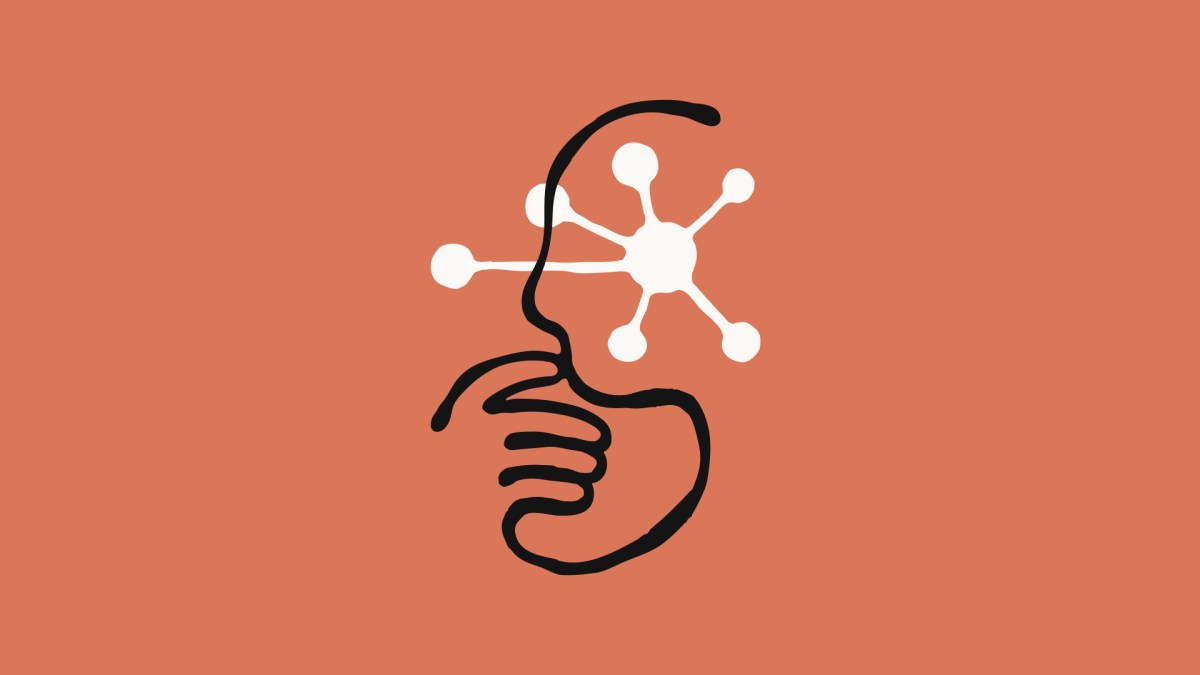Anthropic Unveils Groundbreaking AI Model with Infinite Thinking Capacity
Anthropic has unveiled its latest AI innovation, the Claude 3.7 Sonnet, a groundbreaking model designed to enhance user interaction by allowing for extended reasoning time when answering questions. This new AI model represents a significant leap in the field of artificial intelligence, enabling users to choose between immediate responses and more thoughtful, deliberated answers.
Introducing Claude 3.7 Sonnet: A Hybrid AI Reasoning Model
Dubbed as the industry’s first hybrid AI reasoning model, Claude 3.7 Sonnet stands out for its ability to provide both real-time answers and in-depth, reasoned responses. Users can activate the model’s reasoning capabilities, allowing Claude to “think” for varying durations based on their needs.
Simplifying the User Experience
The launch of Claude 3.7 Sonnet underscores Anthropic’s commitment to making AI more accessible. Traditionally, users faced a complex model selection process that required them to choose from multiple options with varying costs and capabilities. Anthropic aims to streamline this by offering a versatile model that can handle diverse tasks.
- Available to all users and developers starting Monday.
- Premium users gain access to advanced reasoning features.
- Free users will receive a standard version of the model.
Claude 3.7 Sonnet is said to outperform its predecessor, Claude 3.5 Sonnet, despite skipping a numerical designation.
Pricing and Cost Comparison
The pricing strategy for Claude 3.7 Sonnet includes:
- $3 per million input tokens (approximately 750,000 words).
- $15 per million output tokens.
Although these rates are higher than competitors like OpenAI’s o3-mini and DeepSeek’s R1, it is essential to note that those options are strictly reasoning models, while Claude 3.7 Sonnet integrates multiple capabilities.
The Evolution of AI Reasoning
Claude 3.7 Sonnet is Anthropic’s first model capable of reasoning, a feature that many AI developers are adopting as traditional performance enhancements become less effective. Reasoning models, such as Google’s Gemini 2.0, utilize additional time and computing resources to deliver more accurate answers by breaking problems into smaller, manageable parts.
Future Developments and User Control
In an interview with TechCrunch, Dianne Penn, Anthropic’s product and research lead, expressed the company’s vision for Claude to autonomously determine the necessary thinking time for questions. This advancement aims to provide a more human-like interaction model.
Claude 3.7 Sonnet will feature a “visible scratch pad,” displaying its internal planning process to users, enhancing transparency. However, some segments may be redacted for safety reasons.
Performance Metrics
In real-world assessments, Claude 3.7 Sonnet achieved:
- 62.3% accuracy in SWE-Bench coding tasks, outperforming o3-mini at 49.3%.
- 81.2% in TAU-Bench interactions, surpassing OpenAI’s o1 model, which scored 73.5%.
Additionally, the model shows improved sensitivity to harmful prompts, reducing unnecessary refusals by 45% compared to its predecessor.
Introducing Claude Code: A New Coding Tool
Alongside Claude 3.7 Sonnet, Anthropic is launching Claude Code, a research preview tool that allows developers to execute coding tasks directly from their terminal. This tool can:
- Analyze coding projects with simple commands.
- Describe edits while modifying a codebase.
- Test projects for errors and push changes to GitHub.
Initially, access to Claude Code will be limited to a select group of users on a first-come, first-served basis.
Conclusion: A Competitive Edge in AI
As AI labs rapidly release new models, Anthropic is positioning itself at the forefront with Claude 3.7 Sonnet. However, competition is fierce, with OpenAI reportedly preparing to launch its own hybrid AI model shortly. For ongoing updates and insights into the AI landscape, visit TechCrunch AI.







